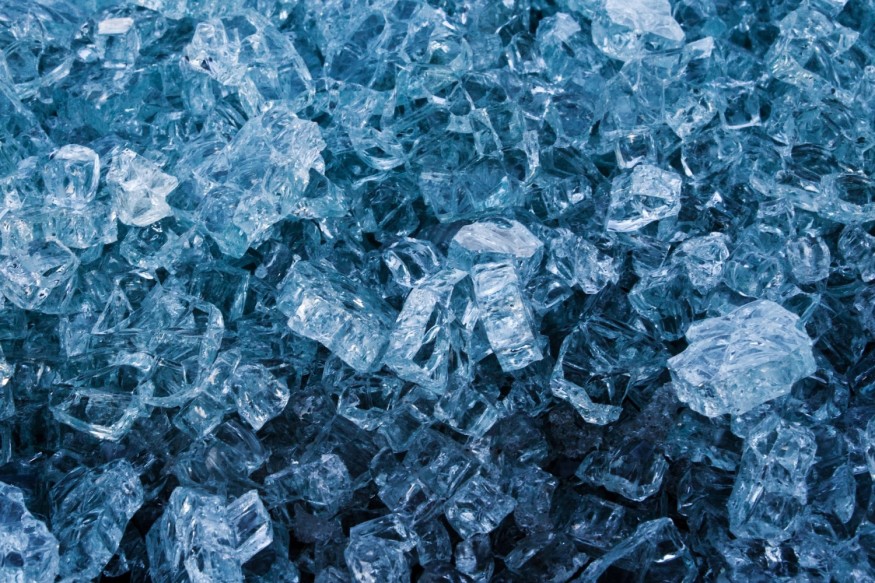Humans have been making glass for thousands of years since our ancestors discovered the art of mixing sand, soda, and lime. Since then, glass has influenced our civilization to where it is today. In modern times, glass is one of the most popular materials used in various applications due to its versatility.

However, glass is also known for being brittle, rigid, and stiff, breaking easily under tension without experiencing a great deal of strain. At Pennsylvania State University, a team of researchers developed a type of glass that is not only crack-resistant but also demands less energy for production.
Crack-Resistant Glass
The researchers developed a glass family with many compositions, each with its distinct properties and potential applications. Some of these glass compositions demonstrate strong crack resistance even under a one-kilogram-force load from a Vickers diamond indenter. This new glass is called LionGlass, named after the university's Nittany Lion mascot. According to lead researcher Professor John Mauro, their goal is to make glass manufacturing sustainable for the long term.
Crack resistance is one of the most crucial properties to test for in glass because it determines how the material will fail. Over time, microcracks develop along the surface of the mirrors and become their weak points. A type of glass that shows resistance to the formation of microcracks is precious in various applications. Different industries rely on the strength of glass, such as electronics, automotive, communication technology, architecture, and even health care.
LionGlass is at least ten times more crack resistant than standard soda lime glass, which breaks under a load of about 0.1 kilogram-force. Since it has improved strength compared to conventional glass, the products created from it can also be thinner and lighter.
As Mauro explained, their product's thickness can be reduced while still getting the same level of damage resistance. Producing lighter-weight products will benefit the environment since less raw materials and less energy will be required. In terms of transport, less energy will also be needed to carry the glass products.
According to the researchers, they have not yet found the limits of LionGlass since they reached the maximum load allowed by the indentation equipment. They kept increasing the weight on LionGlass until they reached the maximum load, but it simply would not crack.
The researchers are still evaluating the potential of LionGlass and are now exposing it to an array of environments to study how it will react chemically. The result of their study will offer a better understanding of how this product can be used in various industries.
Read also: Glass: The Science Behind It
Sustainable Glass Manufacturing
The glass manufacturing industry annually emits at least 86 million tons of carbon dioxide. The common type of glass used in everyday items is soda lime silicate glass. It is produced by melting three primary materials: soda ash (sodium carbonate), quartz sand, and limestone (calcium carbonate). During the process of melting glass, the carbonates in soda and limestone decompose into oxides and produce carbon dioxide released into the atmosphere.
However, most carbon dioxide emissions come from the energy needed to heat furnaces to the high temperatures required to melt glass. In making LionGlass, the melting temperatures are lowered to only 300 to 400 degrees Celsius. As Mauro explained, it leads to a 30% reduction in energy consumption compared to conventional soda lime glass production.
Check out more news and information on Glass in Science Times.












